The Global South Returns
Carnegie Endowment for International 20.05.2024 Erica Hogan e Stewart Patrick Translated by: Jpic-jp.orgThe revival of the concept signals enduring frustration with inequalities embedded in the global order. Extract.

In recent years, the idea that the global political and economic order divides the world into two unequal factions has returned to the global stage. In December 2022, the UN General Assembly once again adopted a resolution entitled “Towards a New International Economic Order (NIEO),” calling for a revival of the NIEO of the 1970s. The vote split for and against the resolution mirrored the Brandt Line dividing the Global North and South almost exactly, with the United States, Canada, Japan, South Korea, Israel, New Zealand, Australia, and Europe voting against the resolution, while the rest of the world voted in favour, with the exception of an abstention from Turkey.
The rising popularity of the Global South term reflects renewed grievances against the global order and the need for those currently disempowered to band together to overhaul it. At the 2024 Munich Security Conference, President Nana Akufo-Addo of Ghana described an inherent instability to the global order produced by “a situation whereby the so-called Global South, where Africa features, is always at the wrong end of the stick in terms of its take-up of global assets.” At the G77 and China Summit in September 2023 (see figure 2), Cuban President Miguel Díaz-Canel echoed decades of the Non-Aligned Movement (NAM), G77, and NIEO rhetoric in declaring that “after all this time that the North has organized the world according to its interests, it is now up to the South to change the rules of the game.”
In September 2023, in a speech to the UN General Assembly, President Luiz Inácio Lula da Silva of Brazil observed, “the richest 10% of the world’s population are responsible for almost half of all carbon released into the atmosphere,” yet “it is the vulnerable populations in the Global South who are most affected by the loss and damage caused by climate change.” Referring to the conflict in Gaza, President Gustavo Petro of Colombia has argued, “Germany
. . . France, the European Union, the United Kingdom, and above all, the United States of America . . . support dropping bombs on people because they are making a demonstration in front of the whole of humanity, that what happens to Palestine can happen to any of you if you dare to make changes without their permission.” The precise political causes the Global South pursues have shifted, but the core grievances remain the same.
Nonalignment has returned
Further, leaders of the Global South are displaying a renewed willingness and ability to buck the desires of the West. From Latin America to Africa, nonalignment has returned as a doctrine of foreign policy, preventing the West from building a global consensus around the war in Ukraine, among other issues.
Consider the BRICS group, made up of Brazil, Russia, India, China, and South Africa until 2024, when it welcomed four new members (Egypt, Ethiopia, Iran, and the United Arab Emirates) and was dubbed BRICS+. Although its efforts remain nascent, the BRICS grouping has sought to diminish U.S. dominance of the global financial system by diversifying away from the U.S. dollar and the Society for Worldwide Interbank Financial Telecommunication (SWIFT) payment system, while establishing new international financial institutions such as the New Development Bank.
With its expanded membership, the grouping is positioning itself as a potential counterweight to the G7 and other Western forums. Countries of the Global South are also turning to international bodies in an effort to hold the Global North accountable, as evinced by the cases that South Africa and Nicaragua have brought to the International Court of Justice in connection with the Israel-Hamas war.
If this resurgence of the Global South reflects a desire for a new attempt at a more equal global order, an attempt that previously faltered during the 1980s, what has changed in the meantime? From 1990 to 2020, a key metric of wealth inequality (the global Gini coefficient) fell, indicating a reduction in economic inequality between countries. Countries like India, Indonesia, and Brazil that have been traditionally considered part of the Global South have cultivated enough economic and political clout to emerge as regional or global powers, butting heads with one another at times in doing so, subverting the idea of a Global South that is unified and powerless. They have also bypassed traditionally Western-centric multilateral institutions with new groupings like BRICS, and they have found a path toward greater collaboration with the Global North through groups like the G20.
For many governments in the Global South, this improvement in their economic fortunes and political positioning seems to have accelerated rather than dampened their desire for realignment because rising power has not been accompanied by rising privilege.
Moreover, not all developing countries have experienced this economic and political empowerment across the board. While some countries that see themselves as belonging to the Global South have seen substantial increases in their wealth and political power, many others have not, remaining trapped in low-income status and locked out of significant multilateral influence. For example, the GDP per capita of Burundi, at $259, is just 3.9 percent of Colombia’s GDP per capita, and just 0.34 percent of the United States’ GDP per capita. Some countries, like India, have seen a significant increase in their global influence, while others remain relatively disempowered.
Additionally, even as many Global South countries mirror each other’s rhetoric in describing the global order, there remain divergences in the positions adopted by individual nations. India and China may both be members of BRICS, but they are intense geopolitical rivals jockeying for leadership of the Global South. Some analysts also speak of a “South of the global South,” a subset of poorer and smaller countries that are subordinated by more powerful countries such as China and India, mirroring the North-South dynamic within the Global South grouping itself.
Given this diversity, invocations of the Global South should focus on one consistent through line: from the start, the idea was intended to connect myriad experiences with a unifying grievance—a global political economy that perpetuates colonial dynamics and enforces hierarchy—and to advocate for a realignment of the global order to support self-determination.
A Closer Look at the Global South





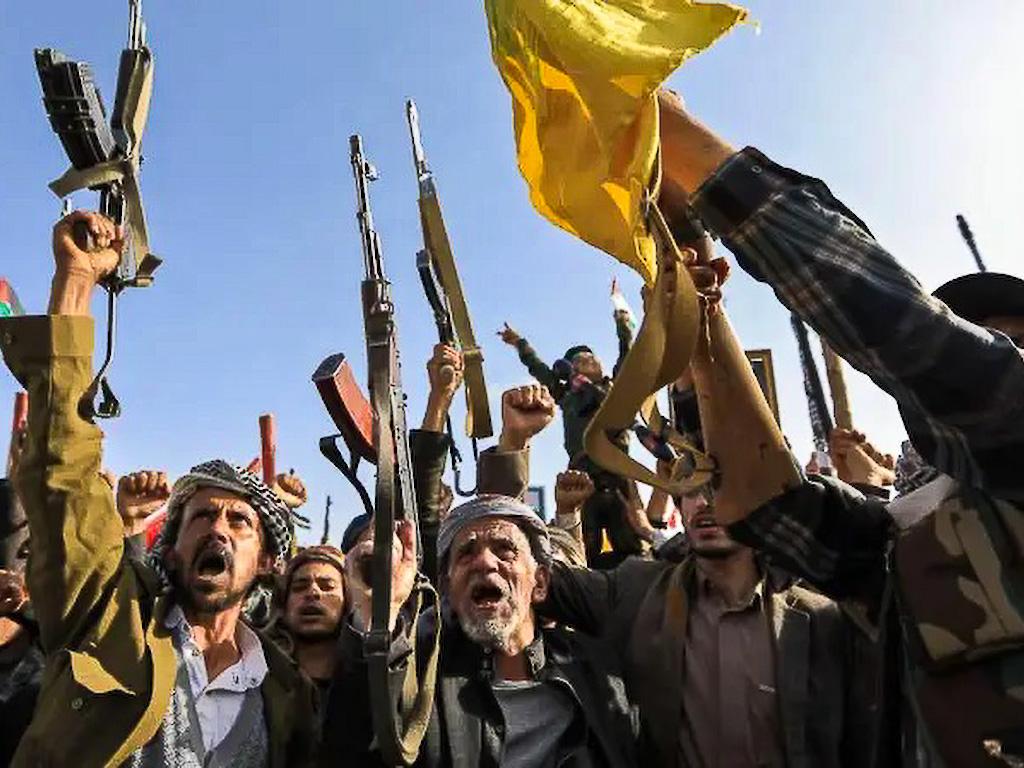


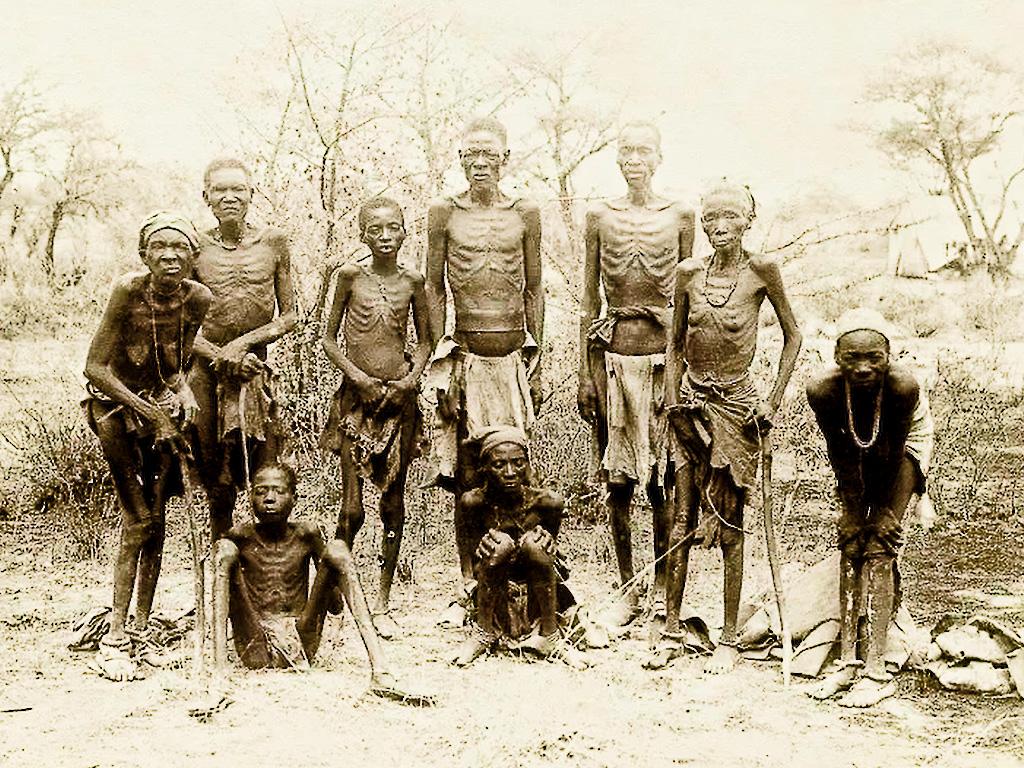
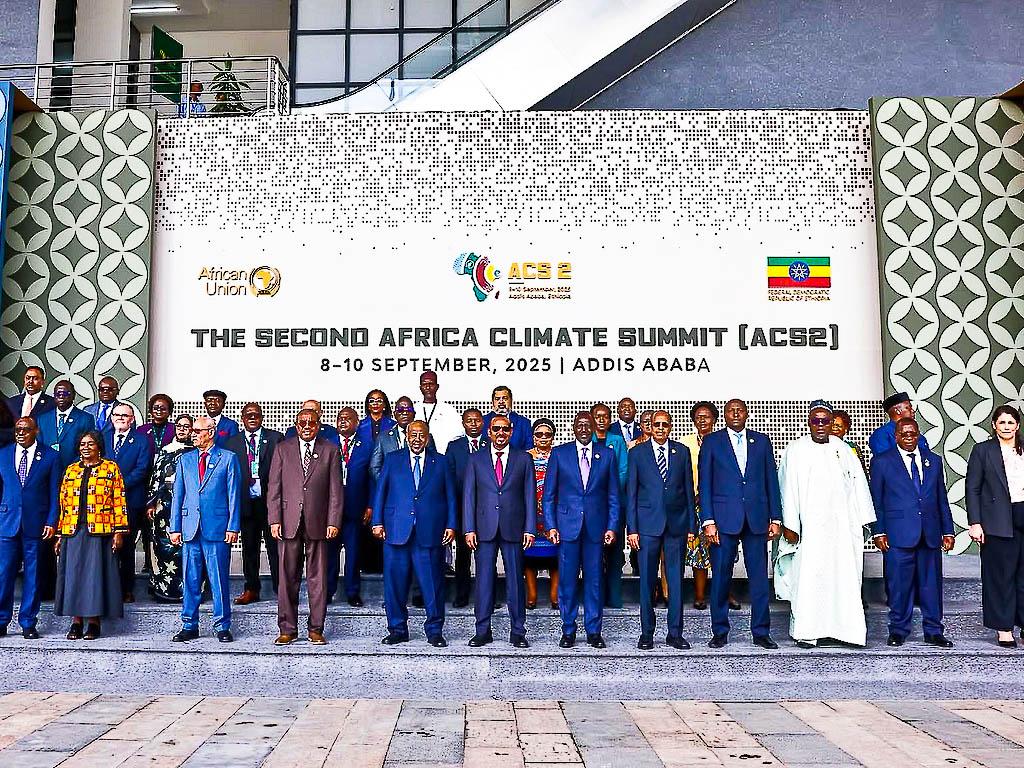


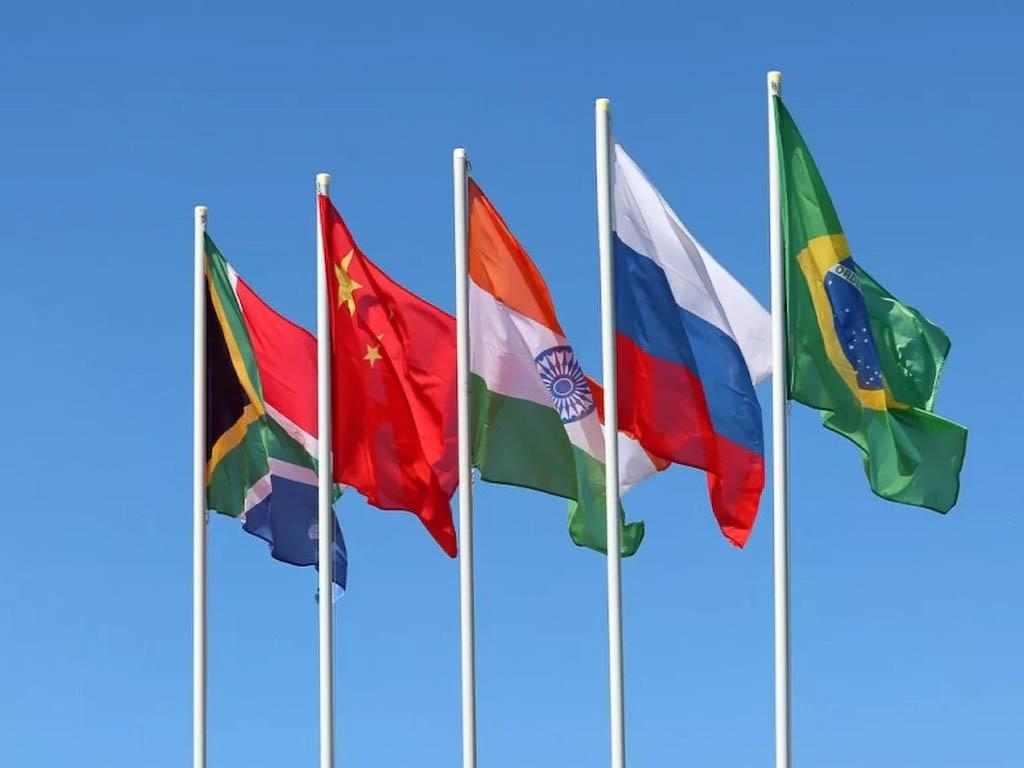
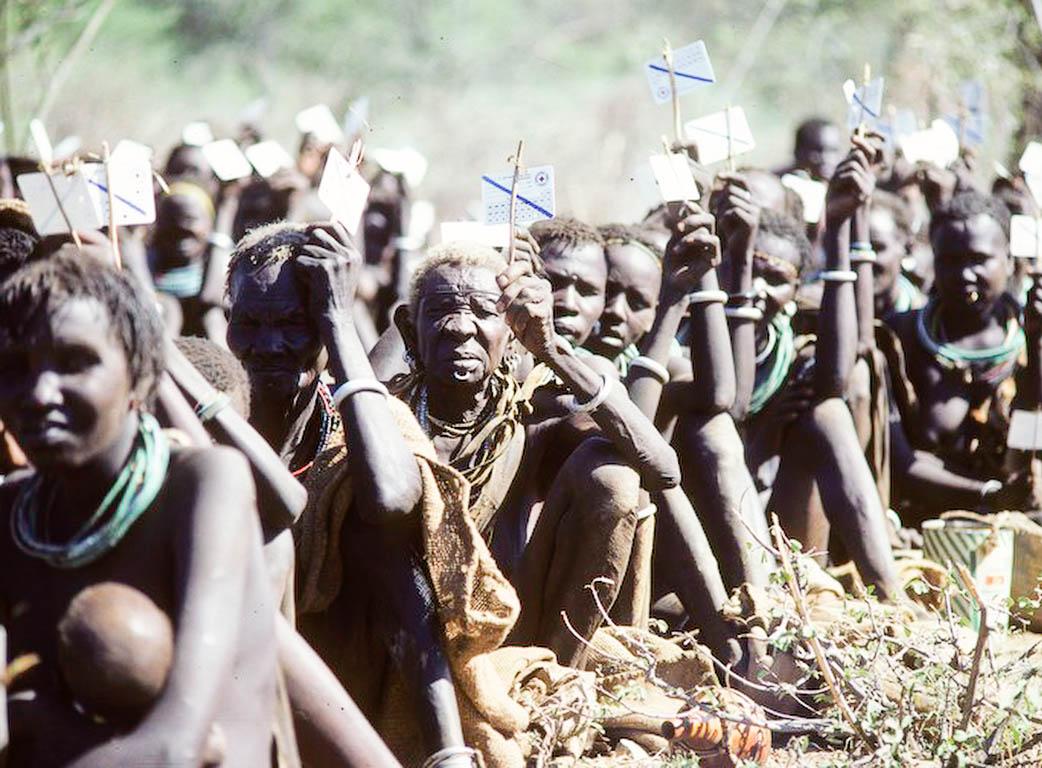







 EDitt | Web Agency
EDitt | Web Agency
Leave a comment